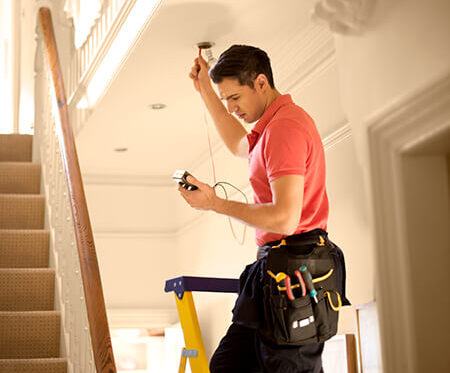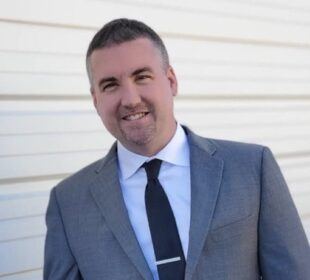As we approach the fall and winter seasons, it’s a good time to be reminded of the dangers of carbon monoxide in your home. Carbon monoxide is an odorless, colorless, and toxic gas. And because it’s impossible to see, taste, or smell the fumes, it can become life-threatening before you’re ever aware of its presence. The effects of carbon monoxide exposure can vary greatly from person to person depending on age, overall health, concentration, and length of exposure.
The main sources of carbon monoxide in your home include your gas hot water tank and flue vent, gas furnace and flue vent along with your fireplace. But first, let’s dive into more detail about your gas furnace.
The first major concern with your gas furnace is the heat exchange. This is a metal box or tube where the gas burns, producing carbon monoxide. When the gas burns, it has the ability to condensate — producing moisture. Eventually, the metal box will rust. When it deteriorates enough, causing a hole, carbon monoxide can escape from the box or tube – mixing with the air being blown through the vents into your home.
This is an extremely dangerous situation which is why it’s important to have a fully-functional carbon monoxide detector in your home. We recommend having your gas furnace serviced every autumn season to inspect the heat exchanger and test the furnace for carbon monoxide leaks.
The second major concern is the venting or furnace flue pipe. Carbon monoxide moves through the flue pipe, exiting outside from the house through a vent cap on the roof. If the flue pipe disconnects at any time, carbon monoxide can escape into the home.
This is a problem for homeowners we often see following a roof replacement. Many times, the roofing contractor will remove or move the vent pipe and fail to put it back in place properly. It’s imperative to check with your roofing contractor or have a heating and air conditioning contractor check all the venting after replacing the roof. Storms and high winds can also cause a similar issue.
To keep your home safe and carbon monoxide-free, make sure you have a working carbon monoxide detector in your home. Additionally, have your furnace and venting inspected annually by a licensed HVAC contractor.
For more information on carbon monoxide prevention or to schedule your annual servicing today, reach out to our team today at 405-777-7116.

